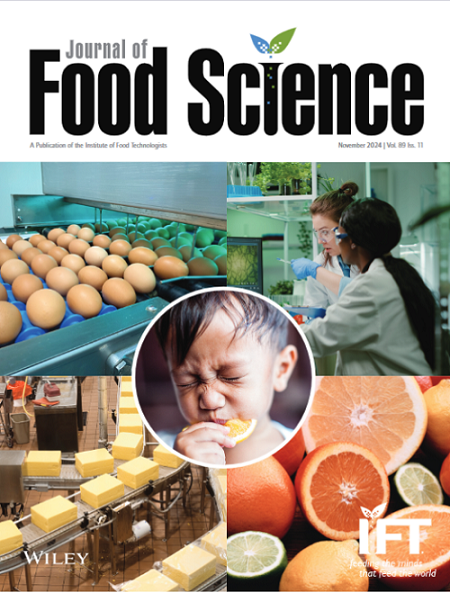Influence of Resistant Starch-Added Meat Analogs on the Resistome of Fecal Fermentations Using Human Gut Microbiota
Abstract
ABSTRACT
Meat analogs are emerging as a sustainable alternative to meat products, and novel meat analog products could potentially offer additional health benefits. Antimicrobial resistance (AMR) poses a serious threat to global human health. Dietary choices affect the composition of bacteria in the human gut microbiome and can influence the carriage of antimicrobial resistance genes (ARGs). Individuals with lower ARG carriage tend to consume more fiber, suggesting that novel fiber-rich meat analogs may help tackle the growing AMR crisis. We therefore hypothesized that adding resistant starch to meat analogs would reduce the number and abundance of ARGs in human gut microbial communities and tested this using in vitro fecal fermentation. Fecal samples were collected from three human donors. Meat analogs formulated from raw ingredients (pea, soy, and resistant starch)-including 100% pea, 90% pea and 10% resistant starch, 100% soy, and 90% soy and 10% resistant starch-served as the carbohydrate source for fecal fermentations. Whole metagenomic sequencing was performed on DNA from the fermentations. ANOVA showed significant differences in normalized ARG abundance by carbohydrate source (p = 0.021), though not in total ARG counts. Meat analogs with resistant starch resulted in a lower median normalized abundance of drug-resistant ARGs than meat analogs without resistant starch, but post-hoc testing could not determine which groups differed from each other due to limited sample size. Adding resistant starch to meat analogs is associated with reduced ARGs in human gut microbial communities, but more research is needed.
Practical Applications
Lowering the prevalence of antimicrobial resistance genes (ARGs) is an important public health goal, and emerging work suggests that diet may contribute to controlling the spread of ARGs. One association with diet and the resistome is a lower carriage of ARGs in individuals who consume more dietary fiber. This research therefore sought to pilot if adding resistant starch to meat analogs has the potential to reduce resistance gene carriage. The results found that adding resistant starch to plant-based meat products may help lower the abundance of antimicrobial resistance genes in the human gut microbiome. This provides the justification for larger scale studies and suggests that food manufacturers may be able to develop foods, including healthier meat alternatives, to assist in preserving the function of antibiotics for future generations.



 求助内容:
求助内容: 应助结果提醒方式:
应助结果提醒方式:


